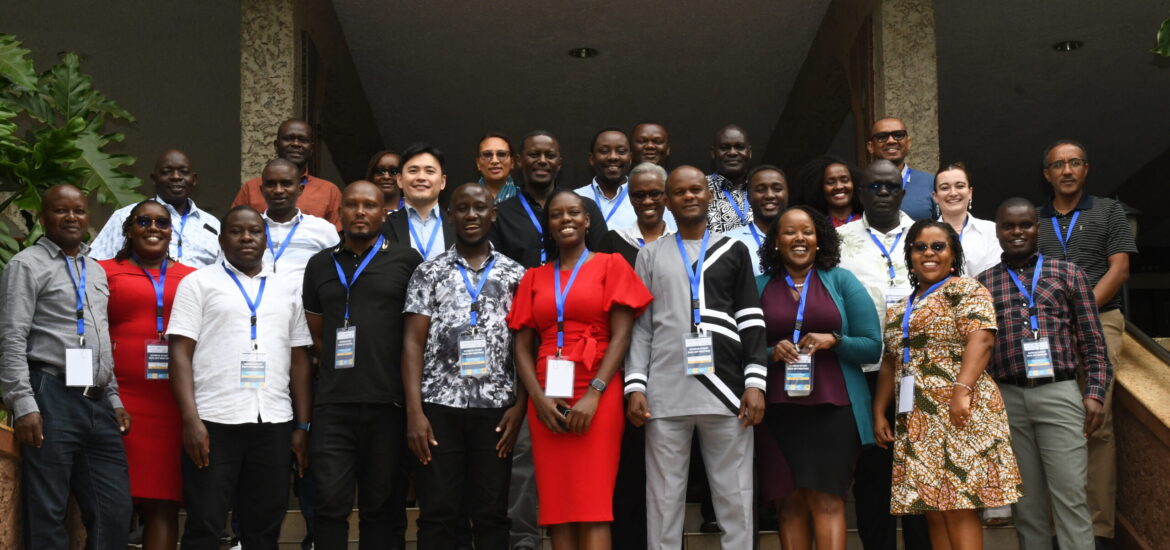
04
Nov

The Accelerating CHikungunya burden Estimation to inform Vaccine Evaluation (ACHIEVE) study has officially launched! The #ACHIEVE study is a 3-year multi-country, multi-site research project led by the University of Oxford in collaboration with the KEMRI-Wellcome Trust Research Programme, KEMRI-Centre for Global Health Research, the University of Nairobi – Centre for Epidemiological Modelling and Analysis (UON-CEMA), and the Ifakara Health Institute (IHI) in Tanzania.
The #ACHIEVE study will assess the prevalence of Chikungunya virus (CHIKV) among patients with fever, neurological illness, and pregnant women in health centres across Kenya (Kilifi, Siaya, Isiolo) and Tanzania (Kigoma, Tanga). It will explore clinical manifestations, immune responses, genetic diversity of CHIKV strains, and the disease’s economic impact, informing better outbreak response and vaccine strategies and guiding the design of future Chikungunya vaccine trials and vaccine deployment in the region. Findings from ACHIEVE will enhance understanding of the burden of CHIKV in East Africa and inform vaccine deployment strategies in the region.
About Chikungunya
Chikungunya is a mosquito-borne disease belonging to the Togavirus family. It is commonly transmitted by female Aedes aegypti and Aedes albopictus mosquitoes. The name chikungunya derives from a word in the Kimakonde language, meaning “to become contorted”.
Chikungunya symptoms are typically characterised by fever and severe joint pain, which is often debilitating and can last for weeks, months or even years, severely impacting quality of life. Other symptoms include muscle pain, headache, nausea, fatigue, and rash. Some populations are at higher risk of severe disease and death. Chikungunya was first identified in Tanzania in 1952 and has since become widely distributed across the globe.
Since 2004, the disease has spread quickly, causing large-scale outbreaks around the world. Today, over a billion people live in areas where Chikungunya is endemic. Climate change could further amplify the threat posed by Chikungunya by making more regions habitable for the mosquito vectors that transmit the virus, increasing the size of the population at risk of infection.